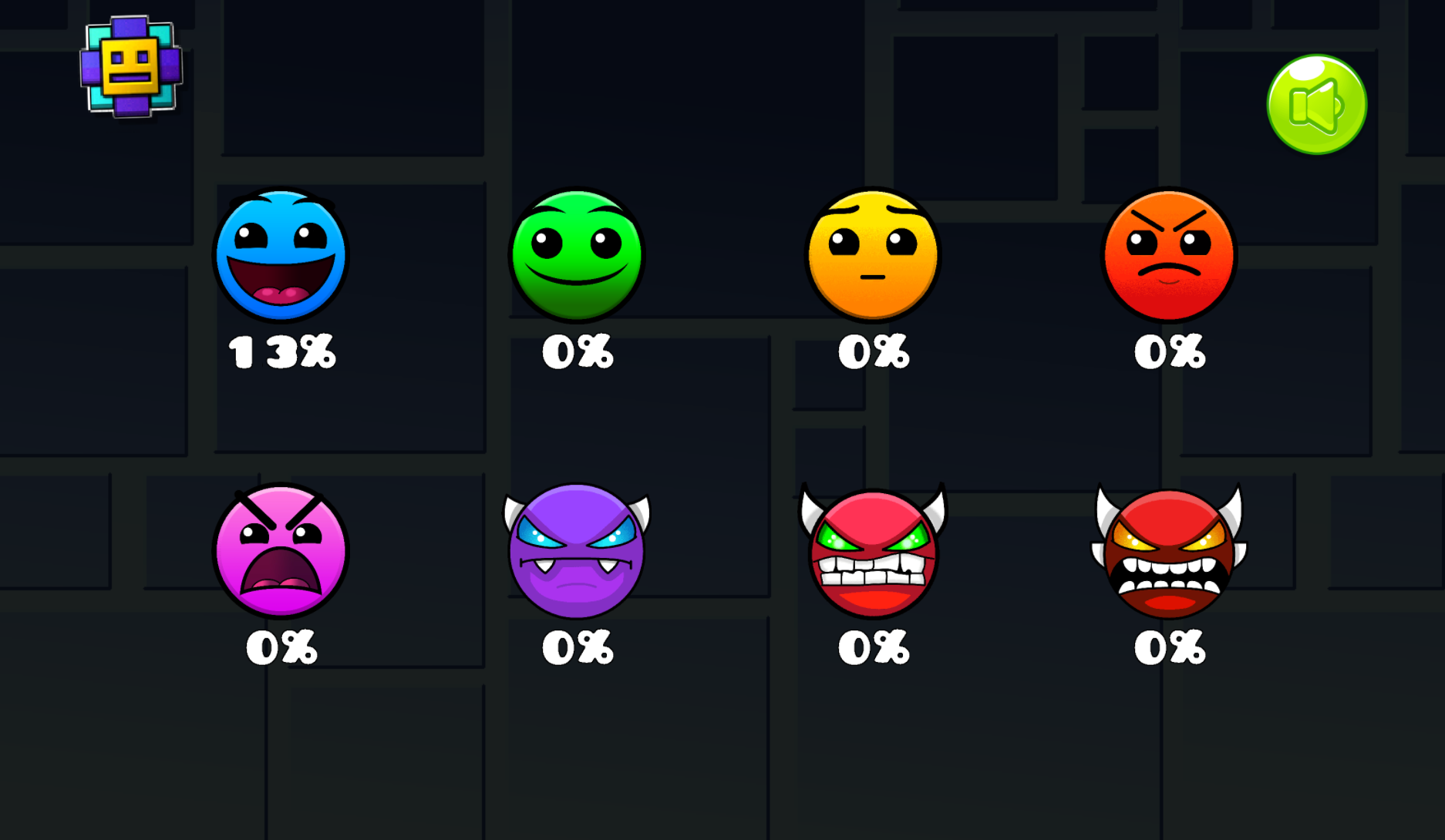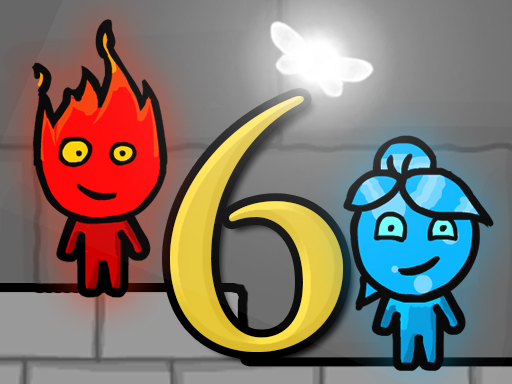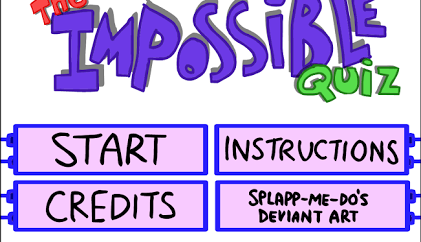Find your tempo, fly down the track
Keep exploring
Continue your Dino game session with more narrative adventures, action trials, and puzzle standouts.

Underwheels

Fireboy and Watergirl: Elements

Bloxd io

Happy Land

Stick It to the Stickman

Geometry Dash Wave

Fireboy and Watergirl: Fairy Tales

The Impossible Quiz

Chiikawa Puzzle

Human Expenditure Program
Run smarter, not just faster
Lock into a beat and break the tape
Speed Stars blends athletics with musical precision, inviting you to build speed by tapping in a steady groove. Instead of mashing keys, you settle into a rhythm that turns clean inputs into forward momentum. This small twist transforms every sprint into a flow state, where the right cadence saves energy and imperfect timing costs precious milliseconds. Whether you’re doing solo dashes or swapping the baton in relays, Speed Stars rewards measured tempo, smooth decision-making, and cool nerves when the track gets crowded.
How the core loop clicks
Each race in Speed Stars starts with a controlled launch. A calm burst off the blocks matters more than panic. As your runner accelerates, you alternate inputs like a metronome. Maintain that beat, and your stride lengthens without wasted motion. Disrupt it, and you’ll feel the drag immediately. The system is easy to grasp yet deep enough to keep you revisiting heats, because micro refinements stack up: a cleaner start, a steadier mid-race section, a sharper final kick.
Speed Stars takes this timing model and layers it across multiple events. Short distances are about pristine execution. Middle distances add pacing decisions so you don’t burn out too early. Hurdles demand anticipatory taps to skim every barrier. Relays test handoffs under pressure so the baton never loses velocity. Across them all, the feedback loop stays consistent: hold rhythm, make subtle corrections, and convert tiny gains into big time saves.
Events you’ll master
In the 100m, Speed Stars becomes a pure reflex test. You’ll practice block reactions until the first ten meters feel automatic, then protect cadence as fatigue nibbles during the final steps. There’s no room for overcorrection—it’s a razor’s edge sprint where one stray input ruins a perfect run. In the 400m, Speed Stars shifts toward tempo control. The back straight begs you to push, but the last curve punishes greed. Bank just enough energy for a controlled drive to the line, and you’ll set a personal best without redlining too soon.
For the 800m, Speed Stars rewards strategic restraint. The early laps are about economy: breathe, stay tall, and keep the taps smooth. Then, with two corners left, you lift cadence gradually to avoid shock to your stride. The hurdles event turns Speed Stars into a choreography challenge. You cue jumps before the line, landing in rhythm so your stride doesn’t stutter. Hit the beat, and the barriers feel like gentle ripples; miss it, and you’ll lose all your momentum. In relays, Speed Stars arms you with exchange zones that convert precision into free speed. Clean handoffs in the sweet spot preserve momentum like magic.
Why the rhythm matters
Traditional runners in games often devolve into button spam. Speed Stars fixes that by tying speed to musicality. The design nudges you to listen to your inputs and scan the track the same way a drummer tracks a song: counting beats, feeling subdivisions, and reacting to patterns. It’s elegant design that makes mastery feel earned, and it teaches consistency without ever getting preachy. The result is a sprinting model that encourages both comfort and ambition.
Ghosts, splits, and the improvement chase
To keep you hungry, Speed Stars includes ghost rivals and live splits. That translucent runner ahead is a recording of a stronger attempt—yours or someone else’s—pulling you forward without the stress of collision. Every 10 or 100 meter segment shows where you’re up or down. You’ll spot exactly where cadence slipped, then go right back for a cleaner line. It’s the kind of feedback loop that turns five minutes into twenty before you notice, because Speed Stars compresses practice and payoff into quick, replayable bursts.
Controls that respect precision
Taps in Speed Stars are tuned to feel snappy yet forgiving. The window is wide enough to enter flow but narrow enough to punish sloppy inputs. Keyboard controls are responsive, and the game’s audio and visual cues reinforce your rhythm without clutter. If you like a clean HUD, you can focus purely on runner motion; if you prefer data, splits and cadence indicators are there to guide your pacing decisions.
Tips for your first podiums
Start by practicing smooth starts in Speed Stars. Count a quiet “one-two” to settle nerves, then hit your alternation pattern. In sprints, avoid sudden cadence spikes; a steady rise is faster than herky-jerky bursts. For hurdles in Speed Stars, choose a rhythm that naturally places a tap just before each barrier; you’ll float over without scrambling. In the 400m and 800m of Speed Stars, set a conservative tempo during curves and lift on the straights. For relays in Speed Stars, memorize the visual markers where you want to pass the baton, and think of the exchange like a drum fill—distinct but still in time.
Advanced technique for PB hunters
When you’re chasing tenths, Speed Stars becomes a game of edges. Work on micro-adjustments rather than full resets when cadence drifts. Batch your improvements: nail the start sequence across three runs, then move attention to the mid-race, then polish the kick. In hurdles, use peripheral vision to read barrier spacing; you can keep eyes on your runner while still anticipating the next cue. In relays, practice the outgoing runner’s acceleration so the baton arrives with minimal relative speed—Speed Stars will reward you with silky exchanges that feel almost automatic.
Short sessions, lasting progress
One strength of Speed Stars is how well it fits busy days. A single 100m takes seconds; a relay, a minute. You can grab a handful of attempts between tasks and still feel real improvement. That makes Speed Stars a natural daily habit. Open the game, chase a ghost, edge a time, and leave satisfied. Later, you’ll return with fresher fingers and pick up right where you left off.
Designed for clarity and comfort
Visual readability is crisp in Speed Stars, with clean lanes and clear obstacle timing. Audio feedback reinforces cadence without demanding headphones, and the interface lets you focus on what matters: tapping, scanning, and staying calm. There’s nothing to memorize beyond the feel of the track; Speed Stars trusts your sense of rhythm more than your ability to recall combos.
Who will love it
If you enjoy games where execution beats grind, Speed Stars is your lane. Rhythm fans will appreciate its beat-driven flow. Competitive players will live in ghosts and splits. Casual sprinters will relish quick wins and minimal friction. Even if track and field isn’t your usual genre, Speed Stars turns running into a compact, meditative challenge with surprising depth.
Your first five-race plan
Attempt one: learn the start in Speed Stars without worrying about time. Attempt two: find a steady mid-race tempo. Attempt three: add a measured finishing surge. Attempt four: chase your own ghost and note where it gains. Attempt five: smooth the problem segment and bank a PB. This simple loop, repeated across events, is how Speed Stars turns effort into momentum.
Ready, set, flow
With its clever cadence engine, tight feedback, and bite-size attempts, Speed Stars makes sprinting feel new again. You’ll come for quick races and stay for the pursuit of perfect timing. Set your fingers to a beat, trust the rhythm, and let Speed Stars carry you down the lane—one clean tap at a time.
Find your tempo, fly down the track is ready to play
Master tap timing to explode off the blocks, hold cadence over hurdles, and nail relay handoffs. Chase PBs with ghosts and leaderboards in quick, satisfying races.
Share Find your tempo, fly down the track
Spread the word, invite friends, or bookmark this page to revisit the story whenever you need it.